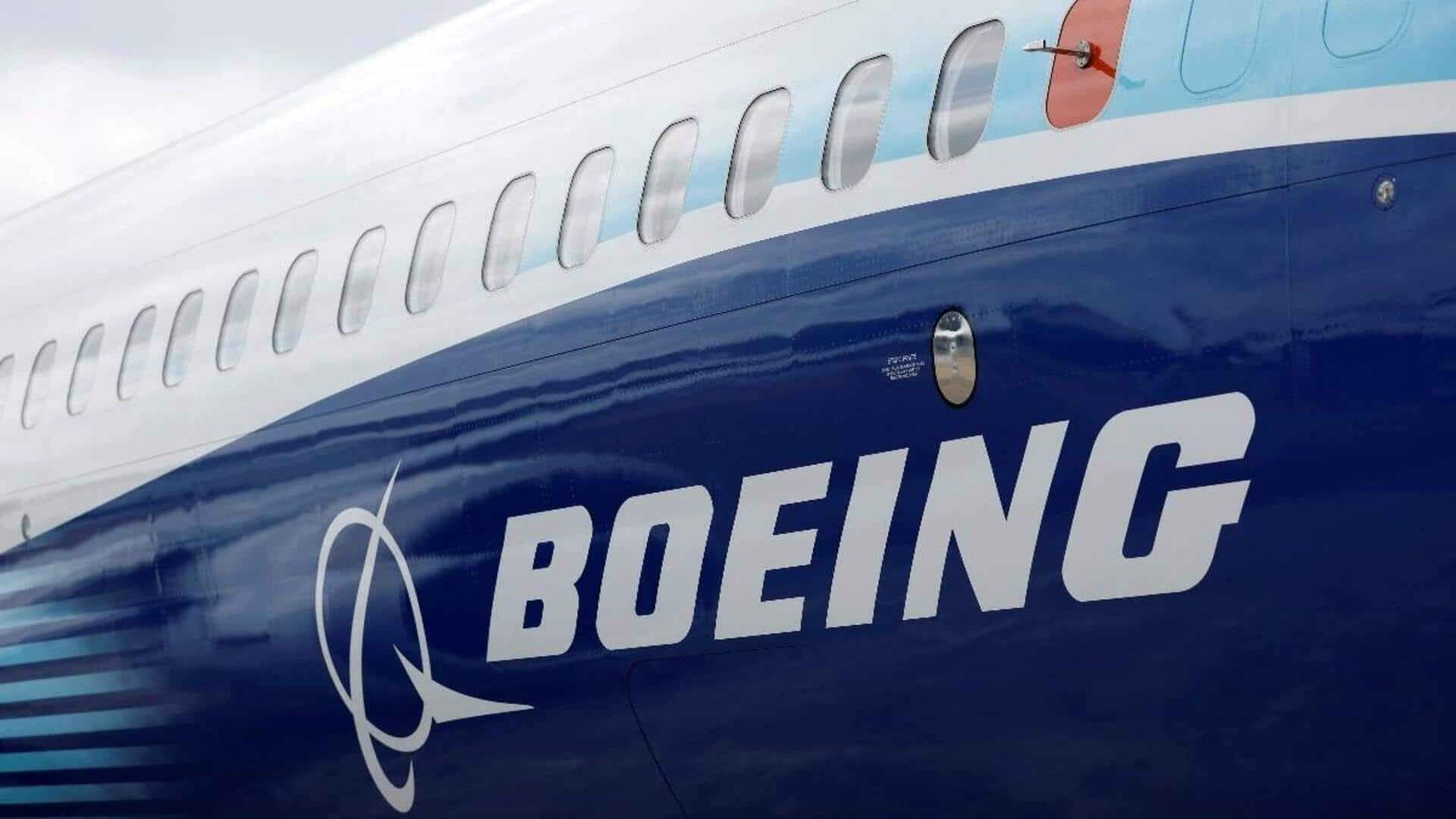
Whistleblower flagged 'unsafe assembly practices' in Boeing 787 before crash
What's the story
A year before the tragic crash of Air India Flight AI171 in Ahmedabad, a whistleblower had alerted authorities about structural flaws in the Boeing 787 Dreamliner. Sam Salehpour, a Boeing engineer, had raised concerns over unsafe assembly practices and shortcuts taken during the manufacturing of the aircraft's fuselage, India Today reported. The US Federal Aviation Administration (FAA) subsequently launched an investigation into these allegations.
Allegations detailed
Allegations of improper fastening of fuselage sections
Salehpour's allegations included improper fastening of fuselage sections, which he claimed could lead to mid-flight disintegration after thousands of trips. He also alleged that Boeing workers were seen physically jumping on fuselage sections to force misaligned parts into place during assembly. "I literally saw people jumping on the pieces of the airplane to get them to align... By jumping up and down, you're deforming parts so that the holes align temporarily... and that's not how you build an airplane," Salehpour told CNN.
Broader implications
Concerns raised about Boeing's 777 jets as well
Salehpour's concerns weren't limited to the 787 Dreamliner; he also raised red flags about Boeing's 777 jets. He warned that gaps in fuselage joints and excessive force used to align parts could lead to premature fatigue in the aircraft's composite materials. His allegations prompted an ongoing FAA investigation into the production processes of the 787.
Company stance
Boeing claimed it had addressed the concerns
Boeing claimed it had addressed these concerns, adding that extensive testing showed no immediate safety risks. However, Salehpour's attorneys argued that he faced retaliation for his whistleblowing, including a transfer to the 777 program, where he identified similar issues. Boeing refuted these concerns and expressed confidence in the 787's safety, claiming that physical manufacturing adjustments would have "no impact on the durability or safe longevity of the airframe," according to the New York Times report in April 2024.
Safety concerns
Public concern about Boeing's safety culture
The 787 Dreamliner was already under scrutiny long before the Ahmedabad crash. Between 2021 and 2022, Boeing and the FAA paused deliveries of the aircraft due to quality control issues. Boeing said at the time that it had improved its inspection and manufacturing processes, but Salehpour's report suggested these problems might still be affecting operational aircraft. The incident has further deepened public concern about Boeing's safety culture, especially after its 737 MAX crisis that killed 346 people in two crashes.